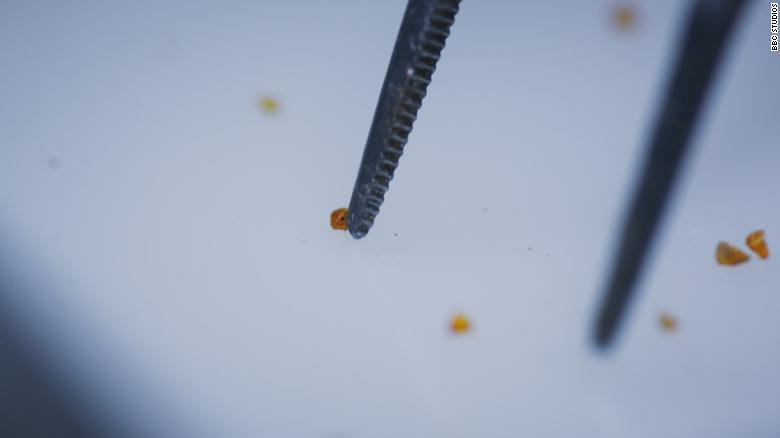At the end of the 2021/2022 underground gas storage (UGS) withdrawal season, the natural gas storage in the storage is 7.4 TWh of active natural gas, which is 47% more than last year, according to the unified natural gas transmission and storage system operator AS Conexus Baltic Grid (Connexus).
Such a volume of natural gas has developed in the storage facility, because for the first time simultaneously for the withdrawal of natural gas, its injection was started in February this year, creating natural gas reserves in the storage facility and ensuring the continuity of natural gas availability, BNN informs Connexus.
Due to the high natural gas prices in the last injection season, the storage facility was filled to the extent of 80% of the available technical capacity of the 2021/2022 storage cycle, excluding 14.7 TWh of natural gas during the withdrawal season.
Connexus, taking into account the geopolitical conditions in Europe and the risks to energy security, during the withdrawal cycle enabled system users to start physically injecting natural gas into the storage from 26 February this year, thus increasing the natural gas reserves in the region. A total of 3.6 TWh of natural gas was pumped into the storage facility from 26 February until the end of the withdrawal season on 30 April, currently more than 7.8 TWh of natural gas is stored.
The largest daily volume of natural gas in the amount of 236.3 GWh in the storage cycle was withdrawn on January 11, as well as the largest monthly volume was withdrawn in January, reaching 4.8 TWh.
According to the measurements and calculations Connexus has determined the capacity of the Inčukalns UGS to ensure the maximum amount of active natural gas stored in the storage facility or the technical capacity of the storage facility for the storage period of 2022/2023. The technical capacity for the 2022/2023 storage cycle is set at 24,074 TWh.
—


